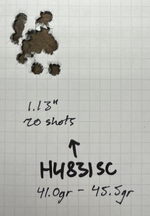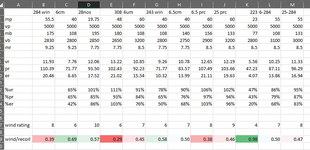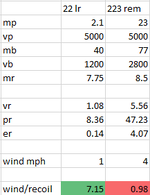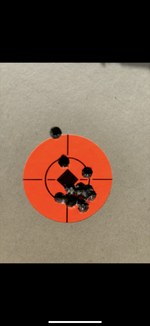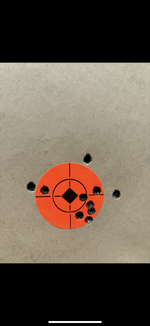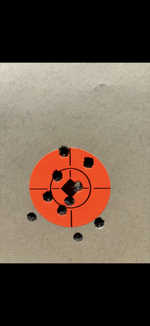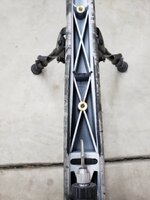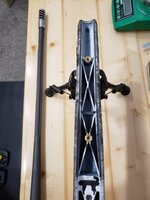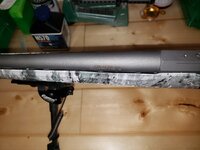- Joined
- Oct 22, 2014
- Messages
- 13,388
Jokes aside, do you have any drills or methods to practice wind calling, other than shooting at long range in the mountains? Maybe this is a subject for a different thread...
I would also like to know. I've heard of people carrying a kestrel around to measure wind and observe what's going on to get better at it but that only works for the person's location and not the middle of a canyon 5' above your line of sight.
I unfortunately can't shoot in the mountains as often as I'd like to.
No, there is no shortcut and no way around it- to be competent at making wind calls in the mountains, you must shoot and practice in the wind, in the mountains. Yes you can read about wind currents and how “wind is water”, but without that constant practice and refinement in the mountains in wind, it won’t do you a whole lot of good- just be a really solid on demand 0-450y or so hunter.
Of course practice and train as far as possible, but make your money at being an absolute killer at speed in any position out to 450’ish yards. Save the 600+ yard shots for follow ups on wounded animals.
With very solid gun handling, shooting skill, and high round count practice, nearly everyone can learn to call wind well enough to have a high success rate even if they can’t shoot in broken terrian often. Deluding oneself to believe that they will be a 700 or 800 yard mountain shooter when they don’t shoot thousands of rounds a year in the mountains, is not a high success endeavor.
As for calling wind, hey a wind meter, carry it and start learning to guess, feel, and see the wind speed. Use the kestrel to get the MPH then feel the wind, see how it is moving the terrain/grass/trees/leaves, and calibrate yourself to it. Watch THLR.no wind videos on YouTube. Get a FFP mil/mil scope and learn wind brackets. Then go to the range every time in the worst weather and apply what you’ve learned and the wind brackets and shoot- a lot.

